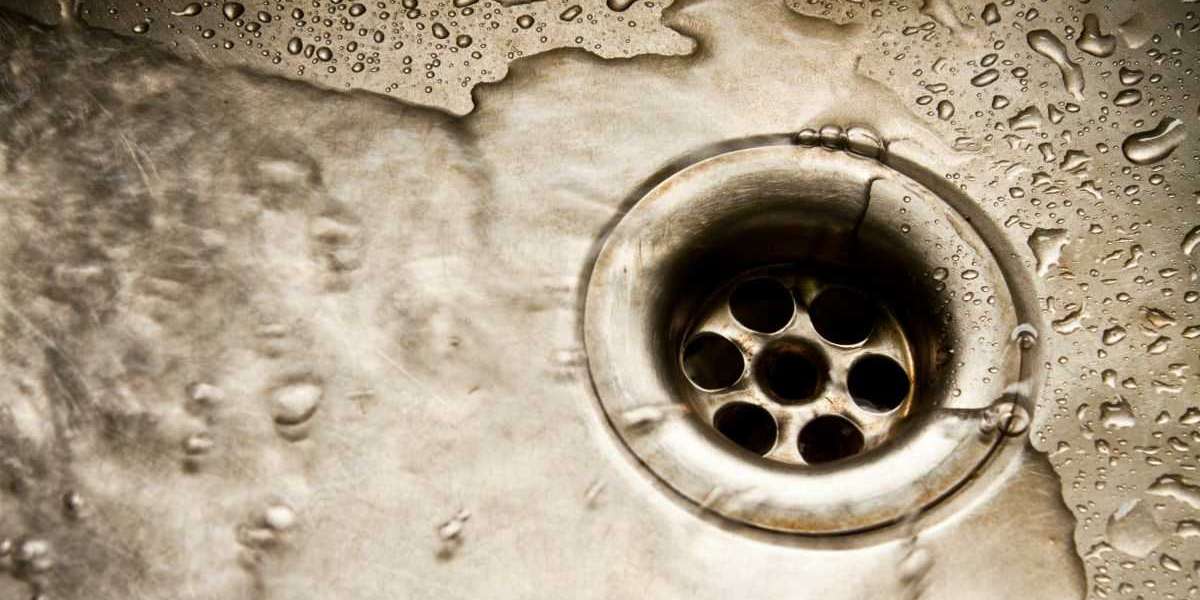Maintaining a healthy septic system is crucial for proper wastewater management and the longevity of your property’s infrastructure. Among the various components of a septic system, leach lines—or leach field lines—play a pivotal role in distributing and treating wastewater. Over time, these lines can become clogged or compromised, leading to potential system failures. This raises an important question: Can leach lines be cleaned, and if so, when should you opt for cleaning versus replacement? In this blog, we’ll explore the scenarios where cleaning might be feasible, when replacement is necessary, and how to effectively manage your leach lines.
Understanding Leach Lines
Leach lines are integral parts of the leach field or drain field in a septic system. They consist of perforated pipes buried in gravel trenches, which allow treated wastewater from the septic tank to disperse into the soil. The soil further filters and treats the effluent before it reaches the groundwater. Proper functioning of these lines is crucial for maintaining a healthy septic system and preventing environmental contamination.
When Leach Lines Can Be Cleaned
- Minor Clogs and Buildup
If your leach lines are experiencing minor clogs or buildup, cleaning might be an effective solution. Over time, organic matter, sludge, and other residues can accumulate in the lines, causing reduced flow and inefficiencies. In such cases, methods like hydro jetting or bio-enzymatic treatments can help:
- Hydro Jetting: This technique uses high-pressure water streams to flush out clogs and debris from the leach lines. It can be effective for removing moderate blockages and restoring proper flow. However, it should be used cautiously to avoid damaging the pipes or surrounding soil.
- Bio-Enzymatic Cleaners: These products introduce bacteria and enzymes into the system to break down organic matter and reduce buildup. While they are less invasive than mechanical methods, they are generally more effective as a preventive measure rather than a cure for severe blockages.
- Routine Maintenance
Even if your leach lines are not currently clogged, regular cleaning can be part of a preventive maintenance routine. Scheduled inspections and periodic cleaning can help maintain system efficiency and prevent the development of serious problems. Regular maintenance can include:
- Visual Inspections: Checking for signs of clogging or other issues.
- Periodic Cleaning: Using appropriate methods to prevent buildup and maintain optimal performance.
When Leach Lines Should Be Replaced
- Severe Clogs and Damage
In some situations, leach lines may be too damaged or clogged to benefit from cleaning. Severe clogs, often caused by years of neglect or misuse, may result in reduced functionality that cleaning methods cannot resolve. Signs that replacement might be necessary include:
- Frequent Backups: Persistent backups or slow drainage even after cleaning attempts may indicate severe blockages or damage.
- Standing Water: Pools of standing water or overly soggy areas around the leach field can suggest that the lines are not effectively dispersing wastewater.
- System Age and Wear
As leach lines age, they can deteriorate due to factors such as soil erosion, pipe degradation, and tree root invasion. Older systems may suffer from issues that cleaning alone cannot address. If your leach lines are significantly aged or showing signs of extensive wear, replacement may be the best option. Consider the following:
- Pipe Condition: Check for cracks, breaks, or other damage that may compromise the effectiveness of the lines.
- Soil Health: Evaluate the surrounding soil for compaction or contamination that could affect the performance of the leach lines.
- Soil Saturation and Environmental Impact
Leach lines depend on the surrounding soil to absorb and filter wastewater. If the soil becomes saturated or contaminated, it can impact the effectiveness of the lines and lead to environmental issues. In cases where soil conditions have deteriorated significantly, replacement of the leach lines and potentially the entire leach field may be required. Key considerations include:
- Soil Testing: Conduct soil tests to determine if the soil is capable of effectively treating wastewater.
- Environmental Concerns: Address any potential risks to groundwater or nearby water sources.
How to Manage Your Leach Lines Effectively
- Regular Inspections
Routine inspections by a professional septic system technician are essential for identifying issues early. Regular assessments can help you determine whether your leach lines need cleaning or if replacement is necessary. Inspections should include:
- Visual and Camera Inspections: To assess the condition of the leach lines and identify any potential problems.
- Flow Tests: To evaluate the effectiveness of wastewater dispersal and detect blockages.
- Preventive Maintenance
Adopting a preventive maintenance approach can help you avoid costly repairs and replacements. This includes:
- Avoiding Overuse: Limit water usage to prevent overloading the system.
- Proper Waste Disposal: Avoid flushing non-biodegradable items and fats down the drain.
- Protecting the Leach Field: Keep heavy vehicles and equipment away from the leach field to prevent soil compaction.
- Professional Assistance
If you encounter persistent problems with your leach lines or are unsure whether cleaning or replacement is needed, consult with a professional. Experienced technicians can provide valuable insights, recommend appropriate solutions, and ensure that any work performed adheres to local regulations and best practices.
Conclusion
Can leach lines be cleaned effectively involves knowing when cleaning is appropriate and when replacement is necessary. While cleaning methods like hydro jetting and bio-enzymatic treatments can address minor clogs and prevent buildup, severe blockages, extensive damage, and soil saturation may require replacement. Regular inspections, preventive maintenance, and professional guidance are key to maintaining the health and functionality of your septic system. By staying proactive and informed, you can ensure that your leach lines continue to perform efficiently and contribute to the overall success of your septic system.








